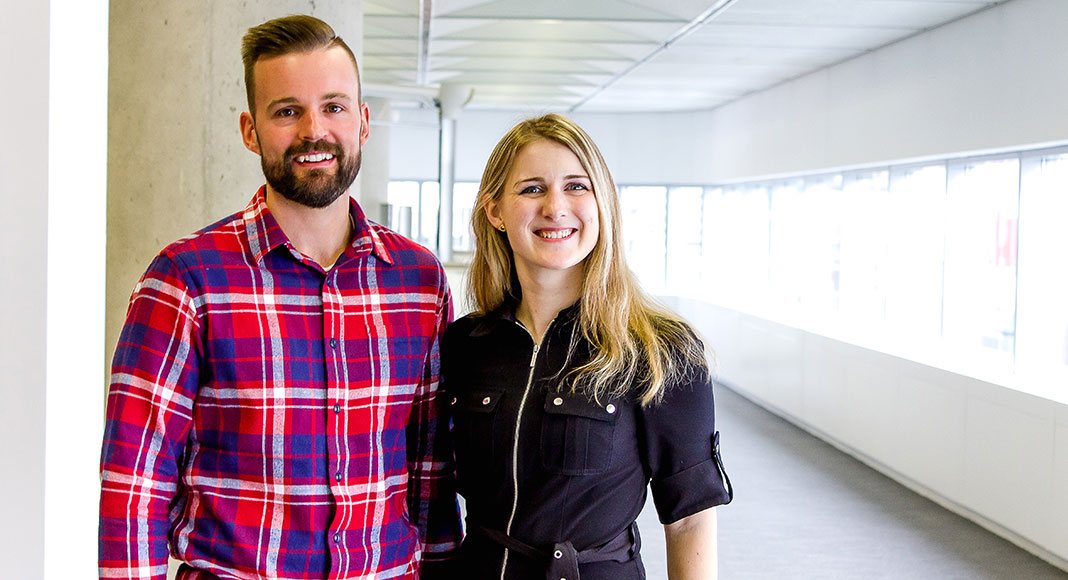As the Founder of ResIM, a leading UX research, design, and consulting firm, Jonathan Kochis has kept a keen eye on technology trends and industry transformations.
According to Jonathan, the next few years are sure to remain interesting, as emerging voice-activated technologies like Amazon’s Alexa and Google Home continue to disrupt our reliance on screens.
But what else can creatives expect to encounter in our jobs – or in our lives? How will UX design continue to evolve to help us navigate our industry, connect with our audience or even impact the job market?
The Increasing Importance of Research
“If you wanted to get into being a designer today and design for the web, I think you’re going to find that you need to be much more open to the research side that informs what you should be doing,” says Jonathan.
“The spirit of that is going to extend into organizations too. They’re going to have to challenge how they operate. Simply saying ‘this is how we’ve always done x’ just isn’t going to work anymore.”
The Rise of the UX Copywriter
“The job of a UX Copywriter is going to be much more prominent,” says Jonathan. “Perhaps not for small or mid-sized businesses for a little while, but already, businesses like Amazon and Paypal are looking for UX Writers because they recognize that words are very important.”
According to Jonathan, part of what will help to drive the popularity of the UX Copywriter role is the rise in chatbots and other forms of artificial intelligence.
“It doesn’t matter whether you words on a screen or if they are put to use to support the script of a chatbot or a robot, which responds to people conversationally,” he says. “Writing is going to continue to be important.”
“Most of the time when we do research people want content. From bullet points about cost and where to buy the product to more detailed pieces, but it’s almost always delivered by words, whether they’re on a screen, supporting your video or the forming the backbone of voice activated interfaces like Amazon’s Alexa.”
Succinct but Warm Writing Will Continue to Be As Important as it is Difficult
“One of the guidelines that we use when writing for user experience is brevity,” Jonathan says, adding “It’s easier to write and speak at length, but when you really have to say something important it’s better to be succinct.”
“However, being brief, direct and informal are difficult things to achieve all at once. For instance, to be informal and friendly without writing in slang or being unprofessional is easier said than done, but understanding what your customer is trying to achieve through interacting with you does help the process,” he explains.
Those Who Write for the Interface First Will Create Stronger Designs
“One of the best pieces of advice I can give is to ‘write’ the interface before designing it,” Jonathan says.
“As a designer, it’s also easy to just open Photoshop or Sketch and start assembling interface elements and filling in the text with Lorem Ipsum. But the best thing you can do is to have your words figured out first,” he continues. “I like to start by specifying the goal that you’re trying to achieve, the copy that supports that goal, and you should also know the research that supports you writing that copy. In the end, you’ll have a much more robust design – and a better experience for the user.”
Want to learn more about how UX can be part of your brand story?
Listen to Jonathan Kochis on the Sound Stories Podcast.
About Jonathan Kochis
Jonathan Kochis is the founder of ResIM, a leading UX research, design, and consulting group. In addition, he is also a certified Nielsen Norman UX practitioner with over a decade of experience in usability testing, user research, creative direction, information architecture design, business analysis, and team leadership. Throughout the course of his career, Jonathan’s clients have ranged from large institutions, to enterprises and start-ups.

Leave a Reply